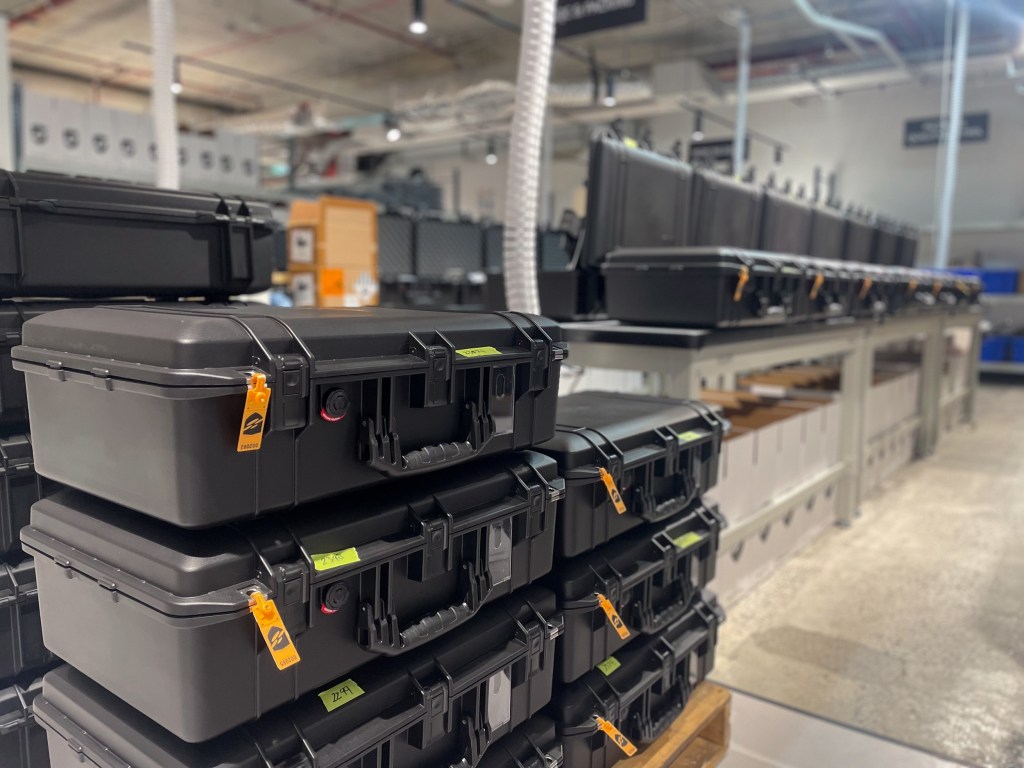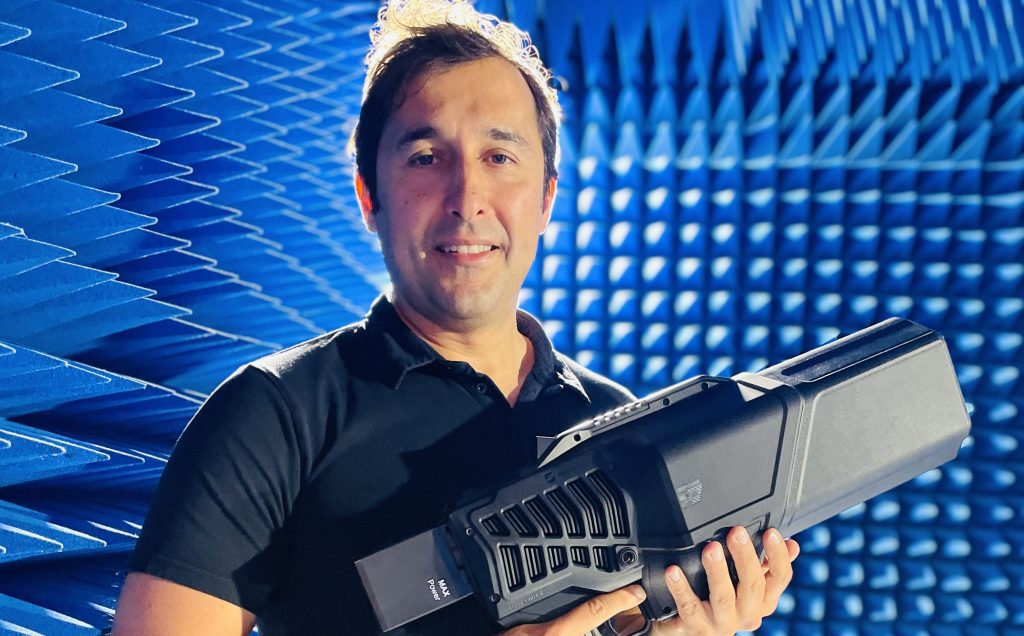Australian counter-drone tech firm DroneShield is setting up shop in Europe as demand for modern warfare defence systems surges.

Key Takeaways
- DroneShield (ASX: DRO) will open its first manufacturing and assembly facility outside Australia, as part of a major European expansion.
- The move aligns with the EU’s €800 billion (A$1.4 trillion) ReArm Europe plan to strengthen regional defence capabilities.
- Europe has now overtaken the US as DroneShield’s largest export market, with over A$500 million in potential opportunities.
- DroneShield tech has played a frontline role in Ukraine and is increasingly using AI to identify, track, and classify drone threats.
- DroneShield – often described as a “meme stock” – has enjoyed a 2.6-fold increase in share price since hitting 52-week lows in February.
Key Background
Founded by a team of engineers in the US and now led by Oleg Vornik – a Russian-born former banker raised in New Zealand – who brought the company to Australia, DroneShield has carved out a niche as one of the world’s leading counter-drone specialists, building its tech in Sydney.
Its systems are now in use by militaries and governments around the world, from Australia and the US to the frontlines in Ukraine.
The company’s “command and control” platform has been described by Vornik as “Google Maps for drones,” mapping the skies in real time and helping operators locate both threats and their sources.

On the more clandestine side, DroneShield has developed electronic warfare tools capable of detecting previously unseen signals – ranging from drones to enemy missile seeker heads – using AI to interpret and classify anything that emits radio frequency energy.
While DroneShield relies on a global network of suppliers to manufacture hundreds of hardware components to spec, all design and systems integration happens in-house. Final assembly is still done by hand – often just metres from the embedded defence and AI teams designing the next update.
The new facility will include at least 65% European content for specific hardware lines, opening the door for further contracts under local content rules.

It follows DroneShield recently completing an $8.2 million order with a major European military customer for dismounted and vehicle-mounted counter-unmanned (CUxS) systems, its fourth successful order from the customer. The company’s ongoing experience makes it an ideal fit to support Europe’s renewed defence efforts, according to CEO Oleg Vornik.
“We haven’t only supplied technology in Ukraine, we’re in ongoing discussions with frontline soldiers through our new Sydney headquarters, updating their devices to counter new Russian drone attacks,” said Vornik.
“This battleground has become ever more important to our European allies as they rapidly expand their defence capabilities. That defence must be centred around the modern threats of warfare which we’re engaged with daily, even using AI to significantly advance counterdrone capabilities by accurately identifying, tracking, and classing drones.
“Establishing a robust European supply chain to support equipment sold in the region will strengthen sovereign capability, while DroneShield’s experienced Australian software development team

Big number
A$500 million – That’s the total value of European opportunities DroneShield is currently targeting, spanning dozens of potential deals.
Tangent
DroneShield’s growth comes as Australia itself ramps up its own defence manufacturing push. The company’s Australian facilities exported 91% of their output in 2024, and with national defence spending projected to hit $100 billion by FY34, DroneShield is positioning itself as a pillar of the Future Made in Australia vision.

